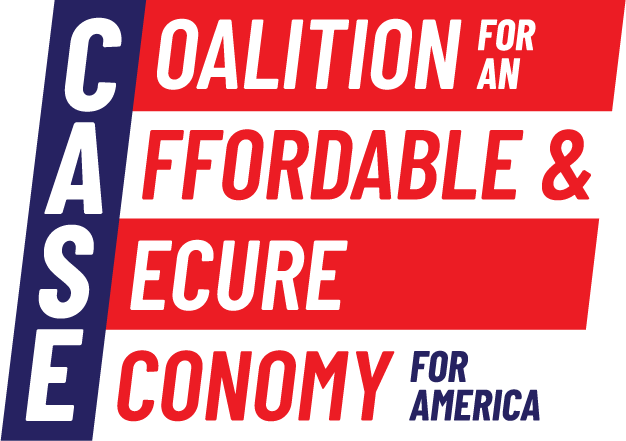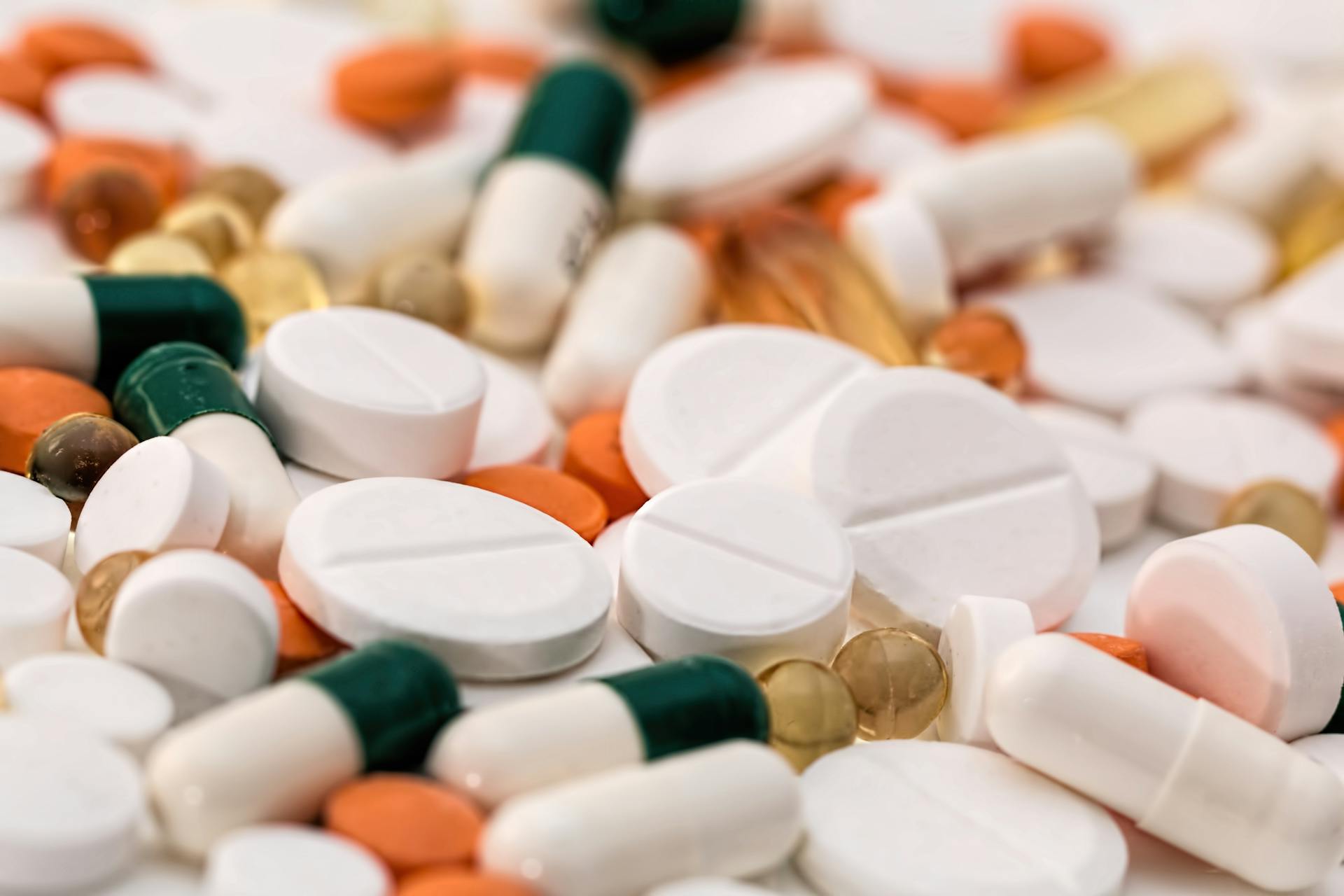Rising healthcare costs are squeezing American families, and the Trump Administration’s new tariffs of 25% or higher on medications manufactured abroad threaten to push vital medicine further out of reach. From generics to name-brand drugs, lifesaving treatments may face steep price hikes as tariffs are set to disrupt global pharmaceutical supply chains.
More than 172 million Americans – 61% of adults and 20% of children – rely on prescriptions filled annually, with $213 billion worth of medicines now imported into the United States.
Tariffs could add $46 billion in costs to drugmakers, with insurers likely passing these expenses to patients through higher premiums. Even medications produced domestically remain vulnerable, as U.S. manufacturers depend on foreign-sourced ingredients and materials.
Generic drugs – which are cheaper for consumers – face particular danger, with supply chain volatility threatening to wipe out affordable options and leave name-brand alternatives as the only choice.
For families already navigating complex treatment regimens and rising out-of-pocket costs, tariffs risk turning prescription refills into financial crises. With the average household potentially facing thousands in added annual healthcare expenses, patients battling chronic conditions and serious illnesses could find themselves choosing between medications and putting food on the table.
Here’s how Americans could feel the impact of tariffs at the pharmacy:
1 https://www.nytimes.com/2025/04/12/us/politics/tariffs-china-iphones-panic-shopping.html
2 https://mashable.com/article/tariff-news-dell-hp-lenovo-halt-laptop-shipments
3 https://www.cnbc.com/video/2025/04/15/tariffs-affecting-baby-gear-97-percent-of-baby-strollers-the-us-imports-comes-from-china.html
4 https://www.reuters.com/business/healthcare-pharmaceuticals/pharma-companies-expected-absorb-any-tariff-hit-short-term-2025-04-16/
5 https://www.ashp.org/drug-shortages/shortage-resources/drug-shortages-statistics#:~:text=The%20number%20of%20active%20drug%20shortages%20is,shortages%20(41%25)%20began%20in%202022%20or%20earlier.
6 https://www.nytimes.com/2025/04/15/health/trump-tariffs-drug-imports-china-india-ireland.html
7 https://www.brookings.edu/articles/pharmaceutical-tariffs-how-they-play-out/#prescription-drug-market-dynamics-relevant-to-tariff-analysis

